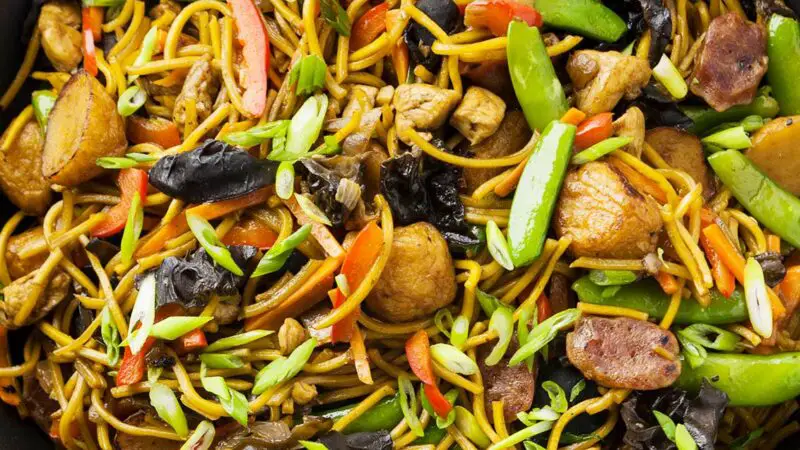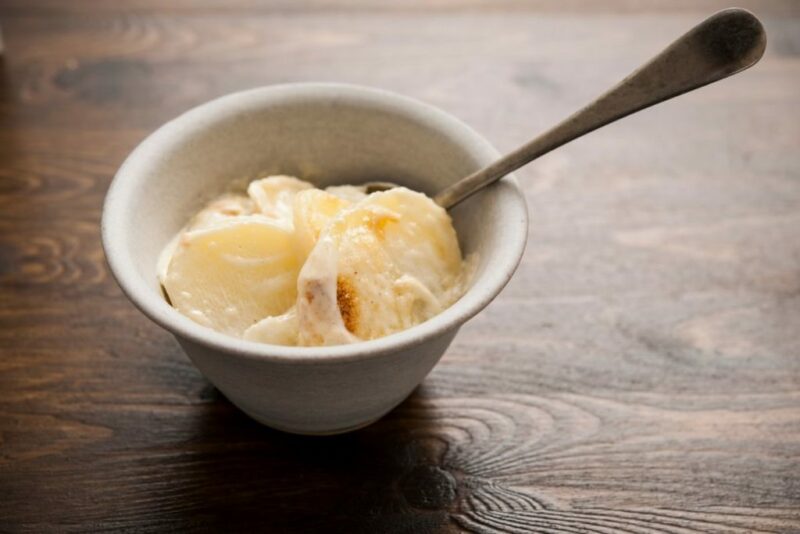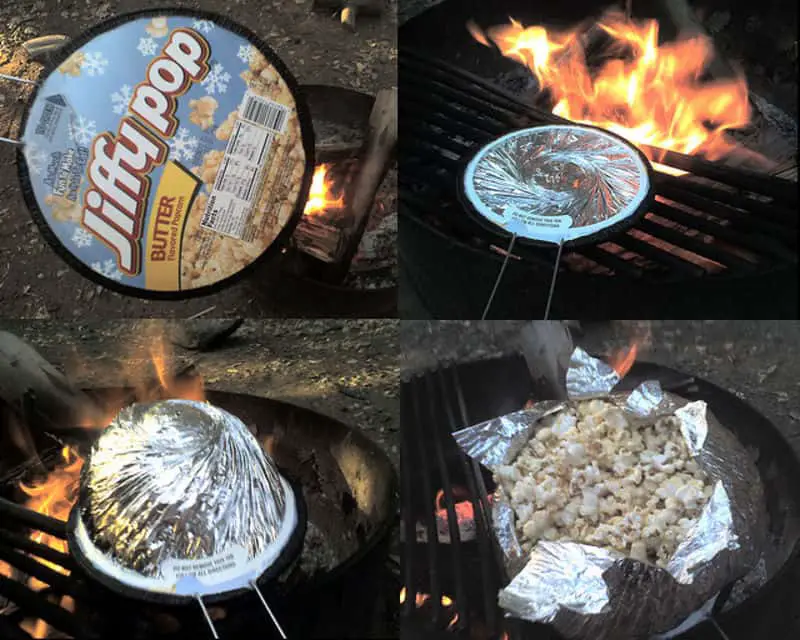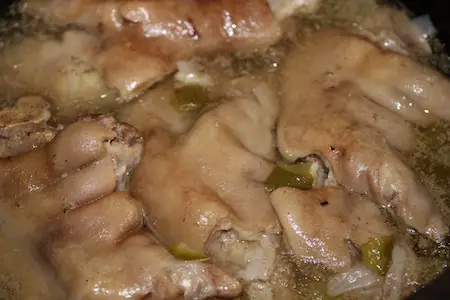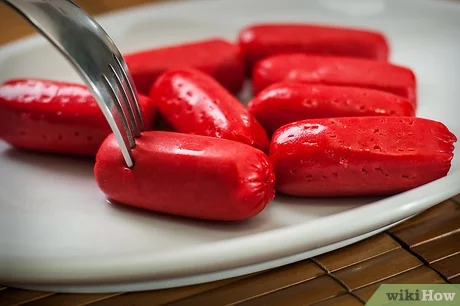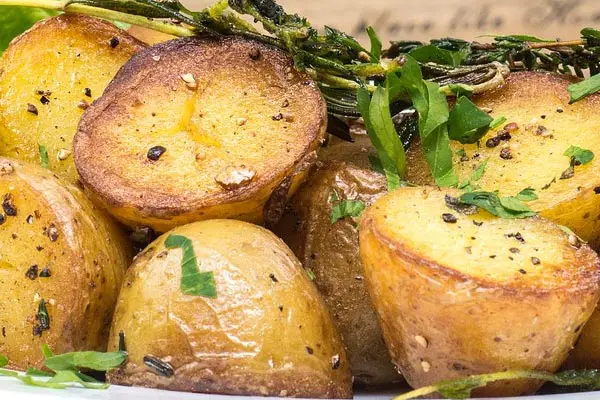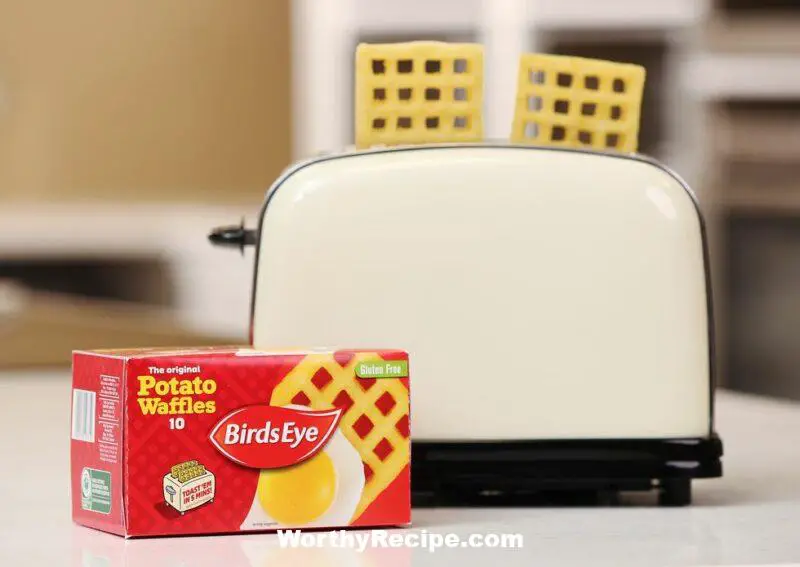How to Make Flour Stick When Frying
Fried foods are everyone’s favorite. They’re crispy, juicy, and delicious. However, nothing ruins the experience more than a poorly coated fried food with barely-there crust. The culprit? Flour not sticking.
It’s a common problem that can be easily fixed with the right technique. In this article, we’ll walk you through the ten best tips on how to make flour stick when frying.
Introduction
Before we dive into the tips, let’s talk about why a crispy crust is so essential in fried foods and what happens when flour doesn’t stick.
The Perfect Crust: A crispy crust is what separates a good fried food from a great one. It provides texture and enhances flavor while also keeping the inside of the food moist and flavorful.
The Problem: When flour doesn’t stick during frying, you end up with uneven coating or no crust at all. In worst-case scenarios, you might even end up with burnt crumbs floating in your oil.
The Purpose: This article’s purpose is to give you ten tips on how to make flour stick when frying, so you can achieve that perfect crispy crust every time.
Tip #1: Choose the Right Flour
Different types of flour can be used for frying: all-purpose, self-rising, cornmeal, etc. But which one is best?
All-purpose flour is the most commonly used type of flour in frying, while self-rising flour works well for breading chicken because of its baking powder content that helps it rise.
Ultimately, choosing the right type of flour depends on personal preference and what you’re cooking. Experiment with different types of flour to find what works best for you.
Remember that the right choice of flour is key to ensuring that it sticks properly and creates an even coating when frying.
Tip #2: Dry the Food
The moisture in the food affects how well flour sticks during frying. To ensure that flour sticks, pat dry the food thoroughly before coating it with flour.
Properly patting the food dry removes excess moisture, allowing the flour to stick better and create that perfect crispy crust.
Tip #3: Season the Flour
Plain flour can be bland and unappealing. Adding herbs and spices to your flour mix not only adds flavor but also aids in sticking.
Herbs like thyme or rosemary or spices like paprika or garlic powder give your fried foods an extra pop of flavor while also helping to create an even coating.
Tip #4: Use Egg Wash
Egg wash is a mixture of beaten eggs and milk or water used to coat food before dredging them in flour. The egg wash helps the flour stick better and create a consistent crust.
To make an egg wash, beat an egg into a bowl and add a tablespoon of milk or water. Whisk until the mixture is fully combined, then use it to coat your food before dredging it in flour.
Tip #5: Marinate in Milk or Buttermilk
Marinating your food in milk or buttermilk is an excellent way to ensure that your breading sticks well when frying. The proteins in milk or buttermilk bind with the flour, creating a crispy crust.
To marinate your food, pour milk or buttermilk over it and let it rest for at least thirty minutes in the refrigerator before dredging it in flour.
Tip #6: Double-Coat for Extra Crispiness
The double-coating process involves dipping the food first into the egg wash, then coating it with flour and repeating the process again. This extra layer of coating helps create an extra crispy crust that is evenly distributed.
To double-coat, follow the same process as tip #4 and tip #1, but repeat the process twice.
Tip #7: Rest Before Cooking
Allow your food to rest for a few minutes after coating it in flour before frying. Resting allows the flour to adhere better to the food, reducing the chances of it falling off while cooking.
A rest period of about five minutes should be enough time for the batter to attach to the coating and create a perfect crust.
Tip #8: Deep Fry for Optimal Results
When it comes to frying foods, deep-frying delivers optimal results. Deep-frying allows for even cooking and creates a crispy crust that is evenly distributed over the entire food surface.
To deep fry, use a large pot or wok filled with oil and bring the heat up to 350-375 degrees Fahrenheit. Carefully lower your food into the hot oil and cook until golden brown.
Tip #9: Use Heavy-bottomed Pans or Dutch Ovens
Using heavy-bottomed pans or dutch ovens helps ensure that your oil maintains a consistent temperature throughout cooking. Maintaining a consistent temperature prevents burning or uneven cooking of the food.
The use of heavy-bottomed pans or dutch ovens also helps in making flour stick when frying, creating a perfect crust every time.
Tip #10: Choosing the Right Temperature
Choosing the right temperature for frying is essential. If your oil is too hot, it can burn your food. If it’s not hot enough, it will absorb more oil during cooking, resulting in greasy fried foods.
The optimal range for frying is between 350-375 degrees Fahrenheit. Always use a thermometer to monitor the oil’s temperature and adjust accordingly throughout cooking.
Conclusion
In conclusion, making flour stick when frying requires the right technique and a few extra steps. Choosing the right flour, patting your food dry, seasoning your flour mix, using egg wash or marinating in milk or buttermilk, double-coating, resting before cooking, deep-frying, using heavy-bottomed pans and dutch ovens, and choosing the right temperature are all essential steps to create that perfect crust every time.
With these ten tips, you’ll no longer have to suffer from poorly coated fried foods. Achieving that crispy crust is now within reach.
Additional Sources and Readings
Here are some websites and books that are relevant to frying techniques and recipes:
– The Pioneer Woman Cooks: Dinnertime by Ree Drummond
– Serious Eats
– Epicurious
– Bon Appétit
– Food 52
Why is my flour not sticking when I fry food?
There could be several reasons why your flour is not sticking to your food when you fry it. One possible reason is that the food might be too wet, so make sure to dry it thoroughly before coating it in flour.
How can I improve the consistency of my fried food?
To ensure that your fried food has a consistent and crispy texture, make sure that your oil temperature is just right. Too hot, and your food will burn; too cold, and the flour won’t crisp up.
Can I use any type of flour for frying?
While all-purpose flour is commonly used for frying, you can experiment with different types of flours, such as cornmeal or rice flour, to achieve different textures and flavors.
Is it necessary to let the floured food sit before frying?
Yes! For the best results, let your floured food sit for a few minutes before frying. This allows time for the flour to hydrate and create a crust that will stick to the food as it fries.
